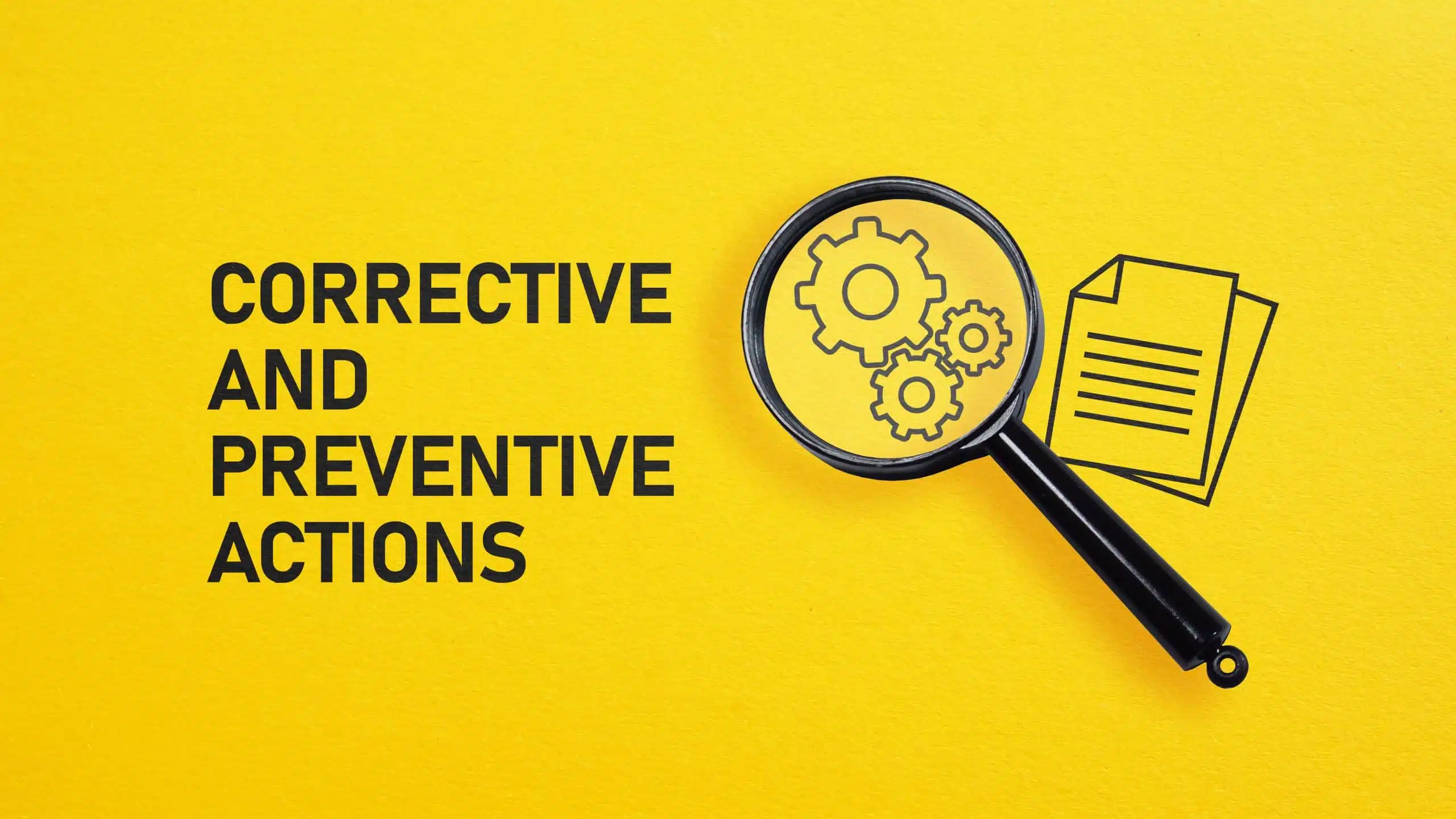CAPA Training for Medical Devices
£895.00

Pull up a pew and let’s talk about CAPA.
I always feel that CAPA gets a bad rap in the Quality Management System. The word CAPA itself instantly conjures up the worst kind of demon in us all…. PANIC! But why?
Is it perhaps a cultural issue in organizations who have implemented a QMS to ISO 13485:2016? Why does the term CAPA instantly strike a negative vibe throughout any department of a medical device organization? Why is CAPA treated like the social pariah at a party?
These questions become all the more perplexing when one considers that the clauses of CAPA in ISO 13485 come under Clause 8.5, titled “Improvement”. Hold it there for a moment…. Improvement!
So, if CAPA is supposed to be about improvement, which most consider a positive step, how has CAPA become shrouded in negative connotations and is nearly treated as a swear word in the medical device world.
CAPA has occasioned thousands of words in countless articles and LinkedIn posts with no real explanation as to how CAPA has evolved from the positive and has become the black sheep or problem child of the Quality Management System?
I for one champion the CAPA system, and I will defend it with the might of a mother tiger protecting her cubs! With so many inputs to a medical device from various suppliers to the supply chain, both internal and external, it is inevitable that errors can be introduced to that very supply chain as it supports the medical device through the cogs of the organization and onto the market.
We are, after all, human beings and are not without fault. Top Management are responsible for establishing, implementing, and maintaining a QMS that proactively takes steps to design a QMS that eliminates the potential for a faulty move or error to be introduced to the system by design of that QMS.
But even through their best efforts, Top Management can never guarantee a perfect QMS, and that is where Improvement takes center stage.
CAPA is meant to be a tool for improvement, but somewhere along the line, it lost its true meaning. A meaning of facilitation in the pursuit for an ever-improving QMS. Yet, CAPA remains misunderstood and the statistics coming out of the US paint a challenging landscape.
Did you know that in the last 5 years the FDA has issued 2693* 483’s in the area of Medical Devices? (as of 25 July 2024) and that 46.5% of those 483’s issued related to the area of CAPA?
But, to break this down further – Of that 46.5% approximately 80% of the 483’s issued against CAPA related to the procedure for corrective and preventive action not being adequately established, while approximately 20% related to the results of corrective and preventive action activities not being documented adequately, aka, verification of effectiveness (VOE).
What is also true, is that between 2018 and 2023, The CAPA Process was the number one offender when it came to the FDA issuing those 483’s.
Source: https://www.fda.gov/about-fda/oii-foia-electronic-reading-room/data-sets
But why do organization’s struggle with their CAPA process? It continues to be a common thread when I conduct audits.
Through interview it becomes apparent that there is a lack of understanding in even the fundamental definitions in CAPA where employees don’t recognize the difference between what a corrective action is versus a correction and additionally, could not point out the difference in definition between corrective action and preventive action with many using these two definitions, interchangeably.
It is both concerning, but also indicative of a deeper issue within organizations in relation to how CAPA is perceived. In the absence of adequate training in CAPA, and a re-enforcement that CAPA is an improvement initiative how can organizations expect overall competence in the process?
CAPA seem to be a beating stick in organizations and tracked through metrics to ensure that departments keep CAPAs to a minimum or close them out “in time”. But what does “in time” really mean.
Depending on complexity, it is impossible to have a “one size fits all” approach when it comes to setting timelines.
We have all read procedures that have a “30 day close out” requirement in the process, with the scope of extension where there is a business justification to allow such an extension request. But does this feed the narrative of CAPA equals bad, where organizations should be recognizing that improvement equals good?
Of course, I recognize that we work in a “right first time” environment, but when errors do occur and where CAPA’s are required it is important to change the narrative and endorse a culture that recognizes that CAPA ensures current and future compliance to the regulations in scope.
Still think you know CAPA?

Michelle Keane
QA/RA Director
Michelle has a proven track record with over 20 years’ experience working across both the Medical Device and Biotechnology sectors.
Currently, she is a Lead Auditor for an INAB Accredited Certification Body, and an MDR Assessor for a Notified Body in Europe. In addition, she is the Team PRRC Representative for Ireland.